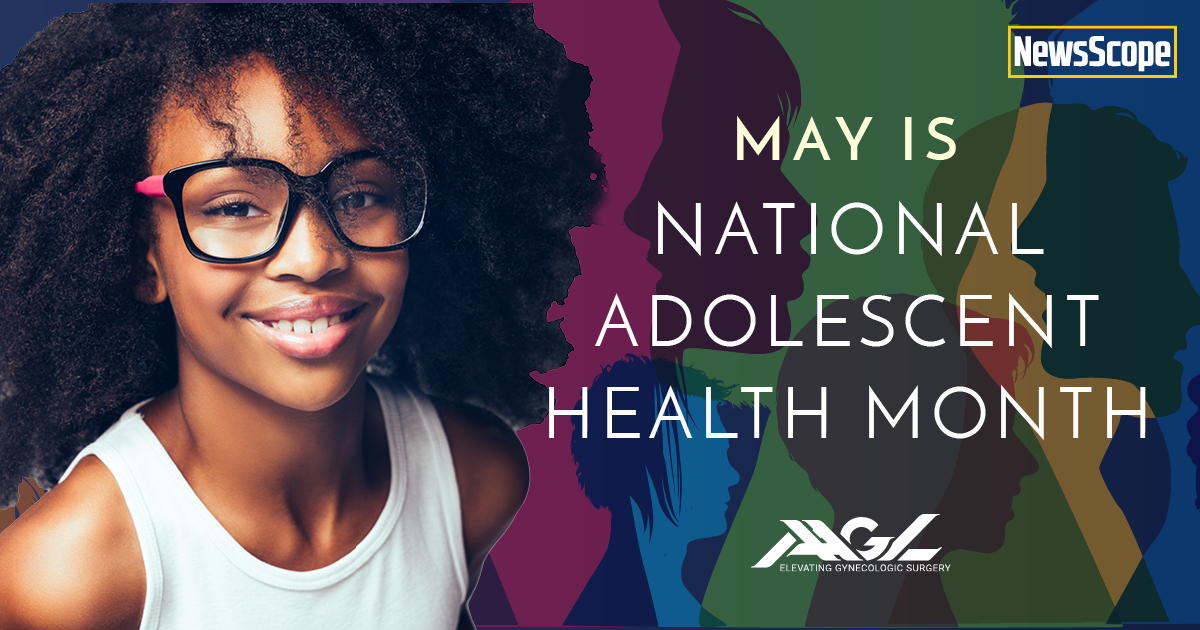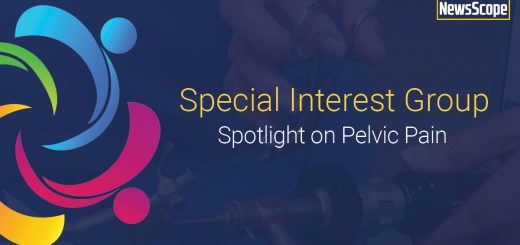National Adolescent Health Month

AAGL’s Pediatric and Adolescent Gynecology (PAG) special interest group’s mission is to: Encourage multi-disciplinary and inter-professional programs of medical education and PAG research and advocate for the reproductive well-being of children and adolescents while providing unrestricted, unbiased, and evidence-based practice.
May is National Adolescent Health Month (formerly Teen Pregnancy Prevention Month) National Adolescent Health Month is a fantastic opportunity to share current gynecology practices when consulted for the gynecologic surgical care of a child or adolescent. The following are some considerations for MIGS surgeons:
Empower youth with sexual and reproductive health information and services
- Optimize care of endometriosis in adolescents/young adults
- Consider endometriosis if patient does not experience improvement within 3-6 months of hormonal therapy initiation
- Obtain ultrasound during evaluation for secondary dysmenorrhea Mullerian anomalies, particularly obstructive ones, can be the cause
- Appearance of endometriosis at time of laparoscopy looks differently in teens compared to adults
- Consideration to placing LNG IUD at time of laparoscopy1
- Provide minimally invasive surgery if applicable- laparoscopy and mini-laparotomy for larger benign masses
- Favor most conservative surgery to optimize retention of ovaries/tubes for reproductive health and longevity
- Ovarian cystectomy for adnexal masses (benign)
- Detorsing ovary without removing the ovary2
- All sexually active women <26 years should be tested for gonorrhea and chlamydia annually and if they present symptoms, new or multiple partners, or a have a partner with an STI.
- HPV vaccination advised through age 26 if not vaccinated previously
- Counsel and provide evidence-based information about contraception options
Support mental health and well being
- Consider psychological impact of chronic pain in adolescents/young adults- often early interventions can mitigate long standing pain sequelae
- Understand the impact of COVID-19 on the adolescent patient
- Learn the resources for teens in your local institution
Encourage physical health and healthy decision-making
- Include the adolescent in the OR consent process, speak to the patient/not only the parent, have patient sign consent
- Encourage autonomy and advocacy for young patients in your care
- Advocate for physical fitness
- Coach about the health care system and accessing their own chart access and messaging if available
Sustain equitable, accessible, youth-friendly services
- Young people need guidance and support to manage chronic conditions like pelvic pain/endometriosis
- Make your office/practice accessible to young patients- create a warm and respectful environment
- Provide confidential conversations- encouraging younger patients to involve parents/family while ensuring and respecting their privacy
- Understand your health care system to document confidential visits with the new CURES 21stCentury act3
- Incorporate gender sensitive language into your practice4
1ACOG Committee Opinion No. 760: Dysmenorrhea and Endometriosis in the Adolescent Obstetrics & Gynecology, vol. 132, no. 6, 2018.
2ACOG Committee Opinion No. 783: Adnexal Torsion in Adolescents Obstetrics Gynecology, vol. 134, no. 6, 2019.
3 NASPAG/SAHM Statement: The 21st Century Cures Act and Adolescent Confidentiality. Journal of Pediatric and Adolescent Gynecology, vol. 34, issue 1, 2021.
4Grimstad, F. et al. Gender-Affirming Surgeries in Transgender and Gender Diverse Adolescent and Young Adults: A Pediatric and Adolescent Gynecology Primer. Journal of Pediatric and Adolescent Gynecology, vol. 34, issue 4, 2021.






